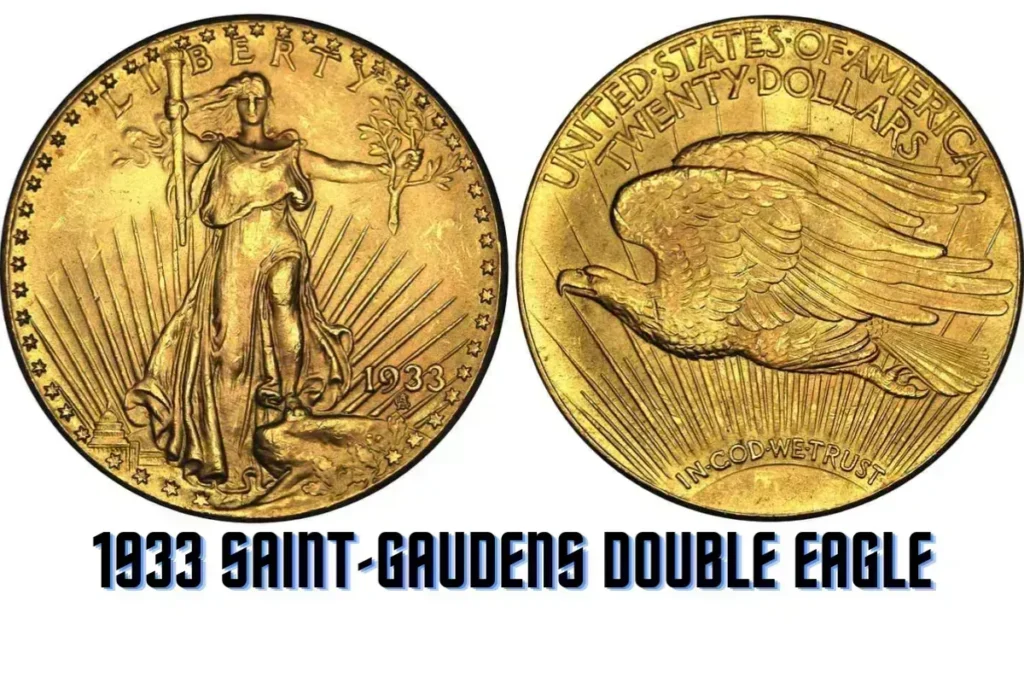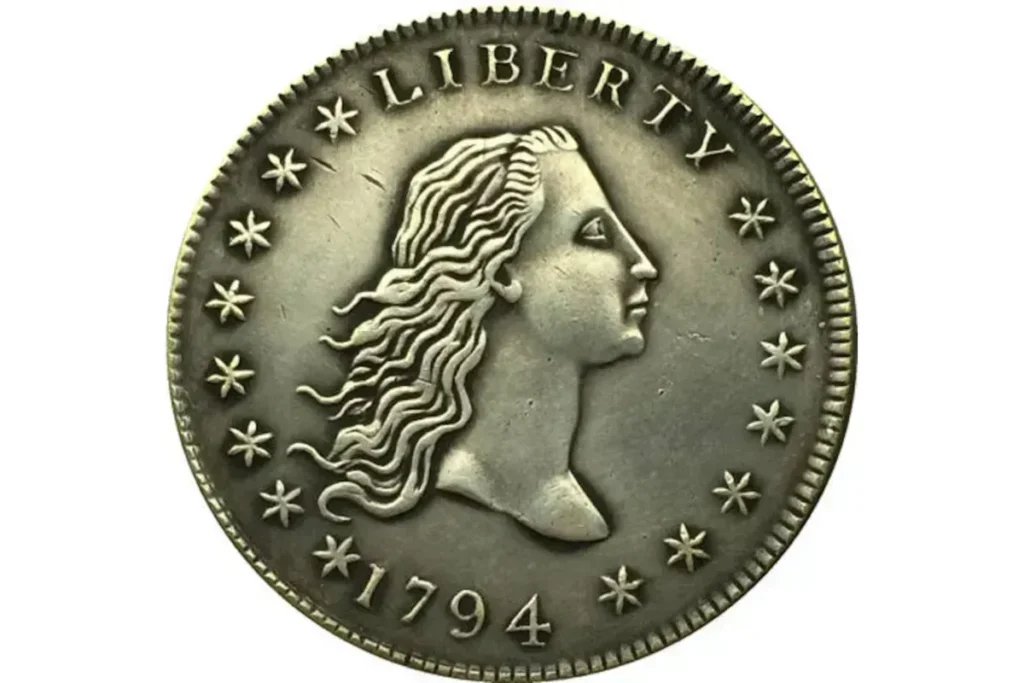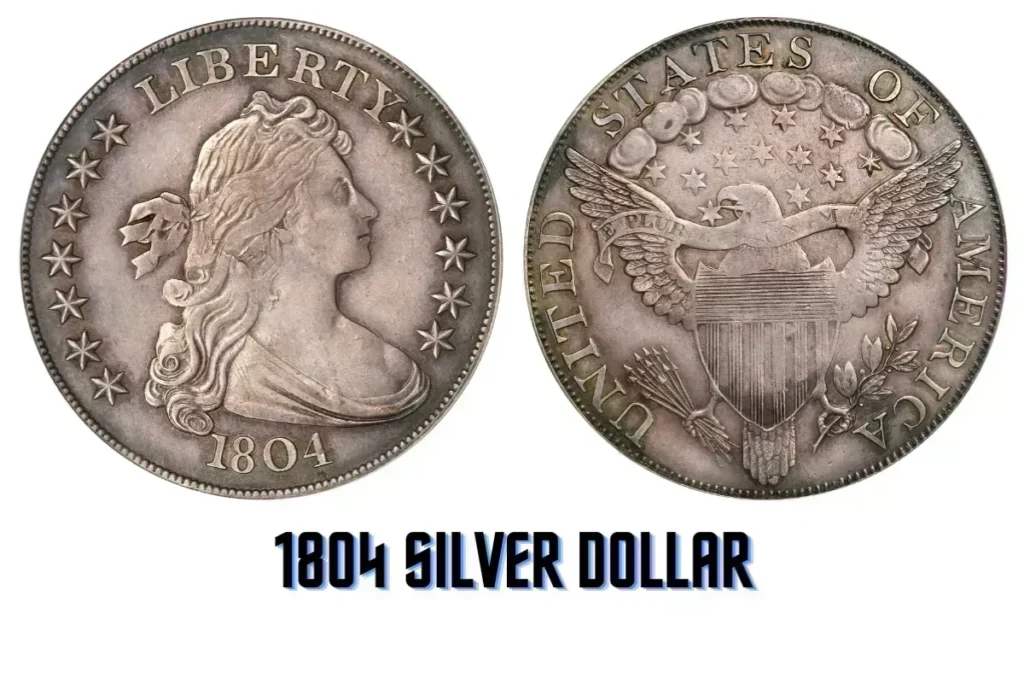Inherited coins might look like regular pocket change, but some can actually be worth a lot of money. If your grandpa left you a coin collection, you might be in luck!
This article will explore some of the rarest and most valuable coins ever found. From historic U.S. coins to unique minting errors, these treasures have turned collectors into millionaires.
1933 Double Eagle

The 1933 Double Eagle is one of the most famous and valuable coins in U.S. history. Minted but never released to the public, this gold coin became illegal to own after President Franklin D.
Roosevelt stopped the gold standard. Only a few of these coins escaped being melted down, making them incredibly rare. One of these sold for a staggering $18.9 million at auction in 2021, setting a world record.
1913 Liberty Head Nickel
Only five 1913 Liberty Head Nickels are known to exist, making them one of the rarest U.S. coins. These nickels were never officially minted, leading to their mysterious origins and high value. In 2018, one of these coins sold for $10 million.
1794 Flowing Hair Dollar

The 1794 Flowing Hair Dollar is the first silver dollar ever minted in the U.S. It’s a symbol of early American history and is highly prized by collectors. In 2013, a top-quality specimen sold for $10 million, making it one of the most valuable coins in the world.
1787 Brasher Doubloon
The Brasher Doubloon was minted privately by goldsmith Ephraim Brasher. It’s rare, with only a few known to exist. Its unique design and historical importance have made it worth over $10 million at auction.
1804 Silver Dollar (Class I)

Known as the “King of Coins,” the 1804 Silver Dollar is extremely rare. Only 15 genuine examples exist, and they were created years after 1804 as diplomatic gifts. One Class I example sold for $10.01 million in 2016.
Overview of the Top 5 Million-Dollar Coins
| Coin | Year | Material | Value | Key Feature |
|---|---|---|---|---|
| 1933 Double Eagle | 1933 | Gold | $18.9 million | Never circulated; rarity due to historical context |
| 1913 Liberty Head Nickel | 1913 | Nickel | $10 million | Only five known; privately minted |
| 1794 Flowing Hair Dollar | 1794 | Silver | $10 million | First U.S. silver dollar, early U.S. Mint product |
| 1787 Brasher Doubloon | 1787 | Gold | Over $10 million | Privately minted, unique design |
| 1804 Silver Dollar (Class I) | 1804 | Silver | $10.01 million | Extremely rare, struck as diplomatic gifts |
Why These Coins Are So Valuable
Several factors make these coins so valuable:
- Rarity: Fewer coins mean higher demand. These coins are very rare.
- Historical Significance: Coins like the 1794 Flowing Hair Dollar and the 1933 Double Eagle are important in U.S. history.
- Condition: Coins in near-perfect or mint condition are worth more.
- Provenance: A coin’s history, especially if it has been in famous collections, can increase its value.
How to Determine If Your Coin Is Valuable
If you think you might have a valuable coin, here are some tips:
- Check Rarity: Research how many of your coin exist.
- Assess Condition: Coins in better condition are worth more.
- Look for Unique Features: Minting errors or special marks can increase value.
- Get It Appraised: Consult a professional coin appraiser or have it graded by a reputable service like PCGS or NGC.
How can I tell if my coin is valuable?
Check how many of your coin exist, its condition, and any unique features. Getting it appraised by a professional is also a good idea.
Why are these coins worth so much?
Their value comes from their rarity, historical importance, condition, and provenance.
What makes the 1933 Double Eagle so special?
It was minted but never released, and only a few survived the melting process, making it extremely rare.
How many 1913 Liberty Head Nickels are there?
Only five known examples exist, which makes them very rare and valuable.
Why was the 1804 Silver Dollar created?
It was minted as a diplomatic gift years after 1804, which adds to its rarity and value.









